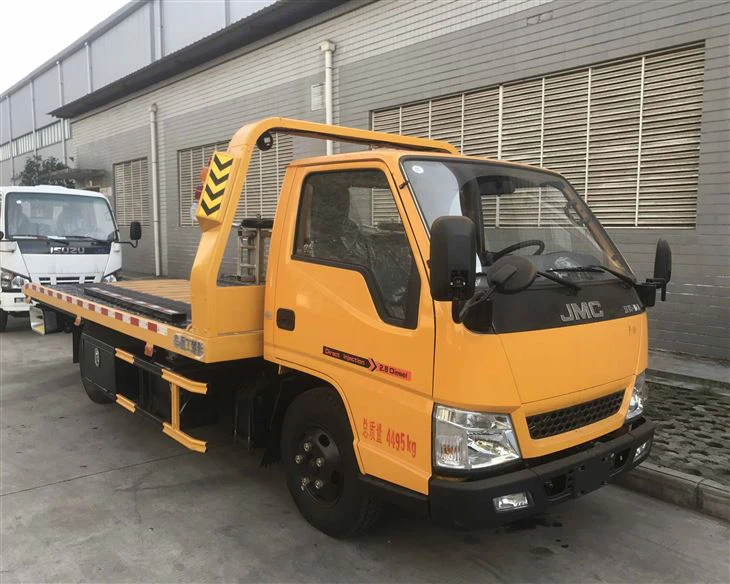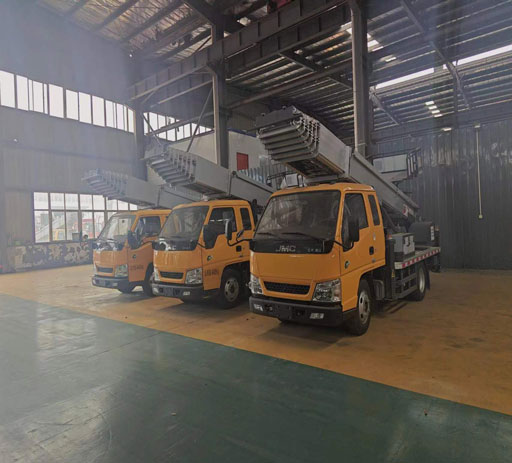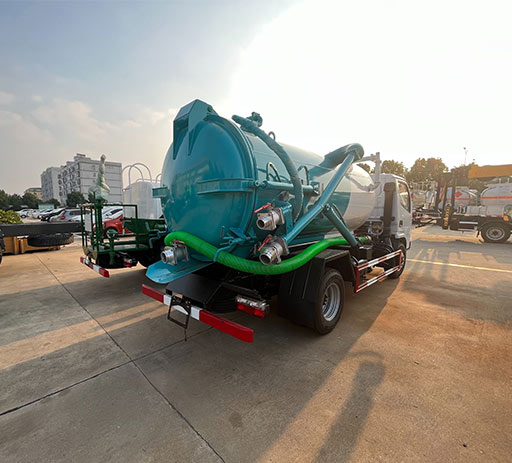Battle Garbage Truck: An In-Depth Look at the Unsung Heroes of Waste Management

Introduction
Across our cities and towns, a silent yet crucial battle is waged daily—one that most people hardly notice. This battle is fought by the battle garbage truck, an essential player in the war against waste. These trucks may seem ordinary, but they are equipped with advanced technology designed to make waste disposal safer, faster, and more efficient than ever before. In this comprehensive article, we will explore the different aspects of battle garbage trucks, their functionality, evolution, and their role in maintaining a clean and sustainable environment.
What is a Battle Garbage Truck?
A battle garbage truck is a specialized waste collection vehicle designed to handle various types of waste. Unlike standard garbage trucks, battle garbage trucks are equipped with features to help manage the growing complexity of urban waste. Whether it’s household garbage, recyclables, or yard waste, these trucks are the workhorses of waste management.

The Evolution of Garbage Trucks
The design and functionality of garbage trucks have evolved significantly over the years. Below is a brief overview of their evolution:
| Era | Features |
|---|---|
| Early 1900s | Horse-drawn carts, manual labor |
| 1930s | Motorized trucks, introduction of compactors |
| 1970s | Automated side loaders introduced |
| 2000s | Smart technology integration, GPS tracking |
Types of Battle Garbage Trucks
Battle garbage trucks come in various types, each engineered for specific waste collection needs. The major types include:
- Rear-Loader Trucks: Suitable for residential waste collection, these trucks feature a lifting mechanism that allows workers to load garbage from the rear.
- Side-Loader Trucks: These trucks automate the garbage collection process, allowing a single operator to manage the entire operation via remote controls.
- Front-Loader Trucks: Often used in commercial settings, these trucks have a large fork at the front that lifts dumpsters for easy disposal.
- Compaction Trucks: Equipped with compactors, these trucks compress waste material to maximize space.
The Technology Behind Battle Garbage Trucks
Modern battle garbage trucks are equipped with advanced technology that enhances their efficiency. Some of these technologies include:
GPS and Route Optimization
GPS technology allows waste management companies to optimize collection routes, reducing fuel consumption and collection time. This also helps in real-time tracking and monitoring of the trucks.
Automated Systems
Automated collection systems enable operators to control various functions of the truck from a safe distance. This not only enhances safety but also speeds up the collection process.
Smart Sensors
Many battle garbage trucks are fitted with sensors that measure the load levels within the truck. These sensors help in planning routes and schedules effectively, reducing unnecessary trips.
The Role of Battle Garbage Trucks in Waste Management
The importance of battle garbage trucks cannot be overstated. They play a pivotal role in maintaining community hygiene and managing waste sustainably.
Environmental Impact
Proper waste management through battle garbage trucks helps minimize landfill usage, reduces environmental pollution, and promotes recycling efforts in communities.

Community Health and Safety
By efficiently collecting waste, battle garbage trucks help prevent health hazards posed by standing refuse and pests. They improve the overall quality of life in urban areas.

How to Choose the Right Battle Garbage Truck
Choosing the right battle garbage truck involves understanding specific needs and requirements. Here are some practical tips:
Assess Your Needs
Consider the volume and type of waste in your area. Different trucks are suited for different waste types. Assess whether you require a rear-loader or side-loader based on your community’s demands.
Evaluate Technology Options
If efficiency is a priority, look for trucks equipped with advanced automation and GPS features. This can save time and reduce operational costs.
Budget Considerations
Factor in your budget. While investing in advanced technology may seem costly initially, the long-term savings and efficiency may justify the expense.
Case Studies of Efficient Waste Management with Battle Garbage Trucks
Several cities have successfully integrated battle garbage trucks into their waste management systems. Here are some examples:
San Francisco’s Zero Waste Program
San Francisco has implemented a zero-waste program that utilizes battle garbage trucks to effectively sort and collect waste. With specialized trucks for recycling and composting, the city has achieved a diversion rate of over 80%.
New York City’s Automated Collection
New York City has introduced automated side-loader trucks to expedite waste collection. This initiative has reduced collection times, saving both fuel and labor costs.
Best Practices for Waste Management Using Battle Garbage Trucks
To make the best use of battle garbage trucks in waste management, consider these best practices:
Regular Maintenance
Ensure that all trucks are regularly maintained. Proper maintenance extends the life of the trucks and promotes operational efficiency.
Training for Operators
Invest in training programs for garbage truck operators. Proper training can enhance safety and efficiency in waste collection practices.
Public Awareness Campaigns
Educate the public about waste segregation. Encourage residents to separate compostable, recyclable, and general waste to streamline collection processes.
The Future of Battle Garbage Trucks
As urban areas continue to grow, the need for efficient waste management will only increase. The future of battle garbage trucks looks promising with potential advancements, including:
Electric Garbage Trucks
With a push towards sustainability, electric garbage trucks are gaining popularity. These vehicles generate fewer emissions and offer quieter operations, making them ideal for residential areas.
AI and Predictive Maintenance
Artificial Intelligence (AI) could revolutionize how garbage trucks operate. Predictive maintenance could help to foresee and address issues before they become major problems, improving service reliability.
FAQ Section
What is the average lifespan of a battle garbage truck?
The average lifespan of a battle garbage truck is around 10 to 15 years, depending on usage, maintenance, and specific truck design.
How much does a battle garbage truck cost?
The cost of a battle garbage truck can range from $150,000 to $300,000 or more, depending on its features and technology.
What types of waste are collected by battle garbage trucks?
Battle garbage trucks are designed to collect various waste types, including household garbage, recyclables, yard waste, and construction debris.
Can battle garbage trucks be used in all weather conditions?
Yes, battle garbage trucks are built to operate in various weather conditions, including rain, snow, and extreme temperatures, although operation may be adjusted based on safety concerns.
How do I report a missed garbage collection?
If a garbage collection is missed, residents should contact their local waste management service, often through city websites or dedicated hotlines, to report the issue.
What should I do to prepare for garbage collection?
To prepare for garbage collection, ensure that your waste is sorted appropriately and placed at the curb by the designated collection time on collection day.
